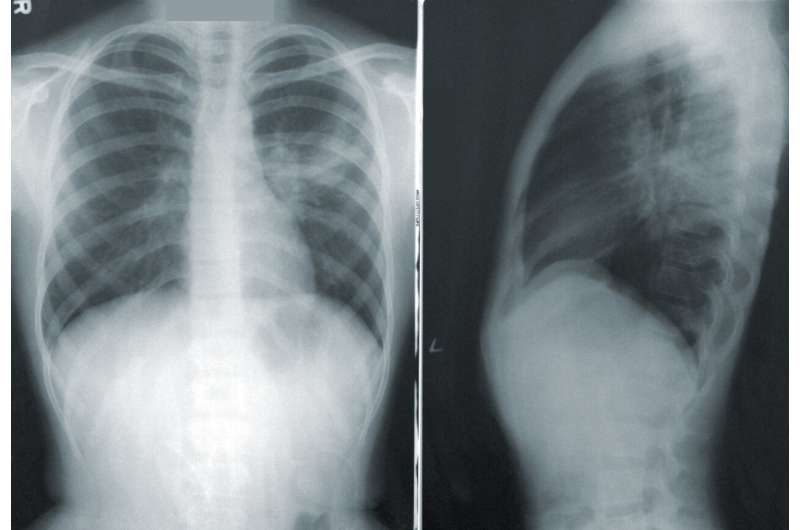Viral Strategy Uses Mitochondrial Remodeling to Evade Immune Response and Identify New Drug Opportunities

Scientists at The Wistar Institute have discovered how herpesviruses manipulate mitochondrial structure to evade immune responses, offering new drug development targets to treat virus-related diseases.
Researchers at The Wistar Institute have uncovered a novel mechanism employed by certain viruses to manipulate mitochondrial architecture, effectively silencing the host's immune response and facilitating viral replication. Published in Nature Microbiology, the study reveals how the viral protein vBcl-2, associated with Kaposi's sarcoma-linked herpesvirus (KSHV), exploits a host enzyme, NM23-H2, to induce mitochondrial fragmentation. This structural change prevents the formation of the MAVS signaling platform, a crucial component for antiviral defense mechanisms like Type I interferon production.
Traditionally known for its role in inhibiting cell death, vBcl-2 was found to have a more sophisticated function: remodeling mitochondria during a specific phase of the viral lifecycle. By activating NM23-H2, vBcl-2 promotes mitochondrial fission, disrupting immune signaling and enabling the virus to complete its late-stage assembly and exit the cell.
This process effectively destabilizes the immune response, preventing the activation of key antiviral proteins such as TRIM22 and MxB, which normally trap viral particles and inhibit their release. Furthermore, the team identified a small molecule, VBNI-1, capable of interfering with the vBcl-2 and NM23-H2 interaction. VBNI-1 successfully blocked mitochondrial fission and restored immune signaling pathways in laboratory models without harming uninfected cells, marking it as a promising candidate for targeted antiviral therapy.
The discovery highlights a potential new therapeutic target—the virus-induced mitochondrial remodeling process—and opens avenues for drug development against KSHV and other herpesviruses that may employ similar tactics. This interdisciplinary research underscores the importance of understanding virus-host interactions at the cellular level, paving the way for innovative treatments for virus-associated diseases.
For more details, see the full study here.
Stay Updated with Mia's Feed
Get the latest health & wellness insights delivered straight to your inbox.
Related Articles
Impact of Persistent 'Forever Chemicals' on Developing Male Brain Discovered by Researchers
New research reveals that early exposure to PFHxA, a 'forever chemical,' may cause long-lasting behavioral and cognitive effects in male mice, highlighting potential risks to the developing male brain.
Eating Late in the Evening May Impair Blood Sugar Regulation
Recent research highlights how eating late at night may impair blood sugar regulation and insulin sensitivity, emphasizing the importance of meal timing for metabolic health.
Research Reveals Communication Gaps and Emphasizes Shared Decision-Making in Lung Cancer Diagnosis
A recent study reveals significant communication gaps in lung cancer care across Europe, emphasizing the need for improved patient-provider dialogue and shared decision-making to enhance outcomes.
Empowering Back Pain Patients: The Importance of Choices and Facts
New research emphasizes the importance of providing evidence-based, balanced information to people with back pain, promoting shared decision-making over advice-based guidance.



